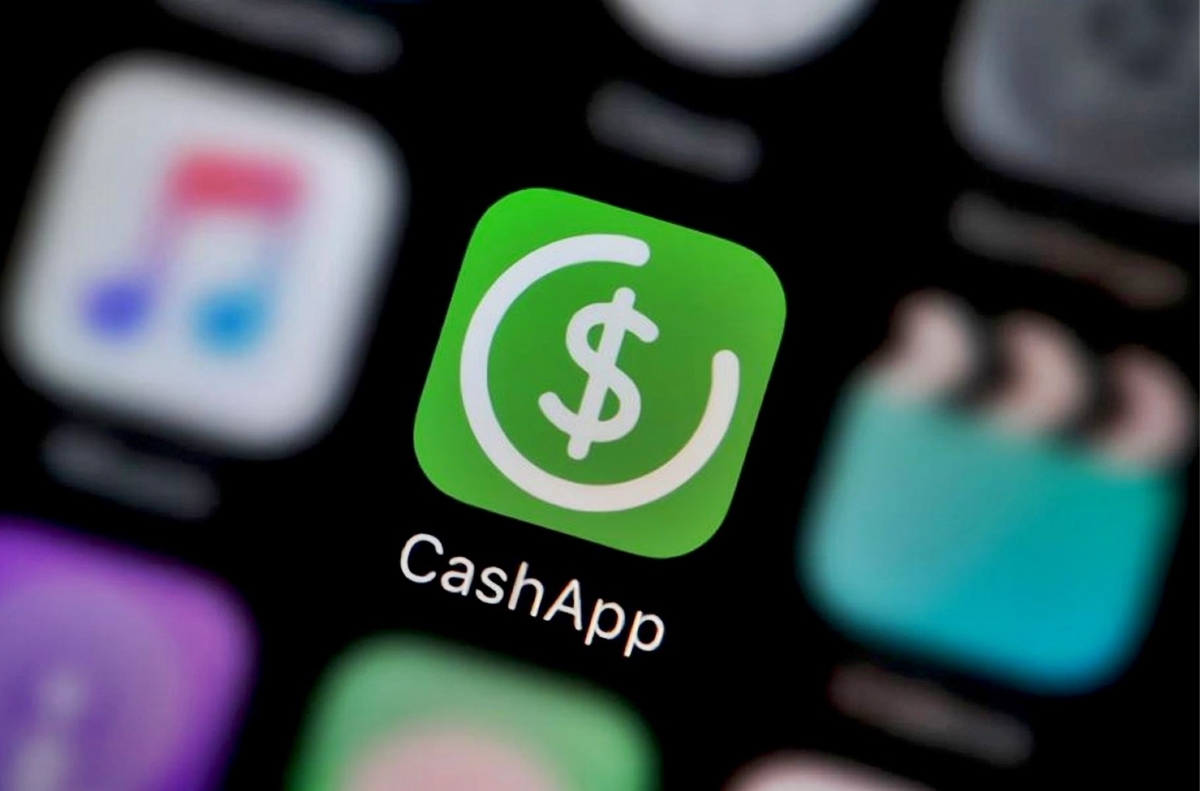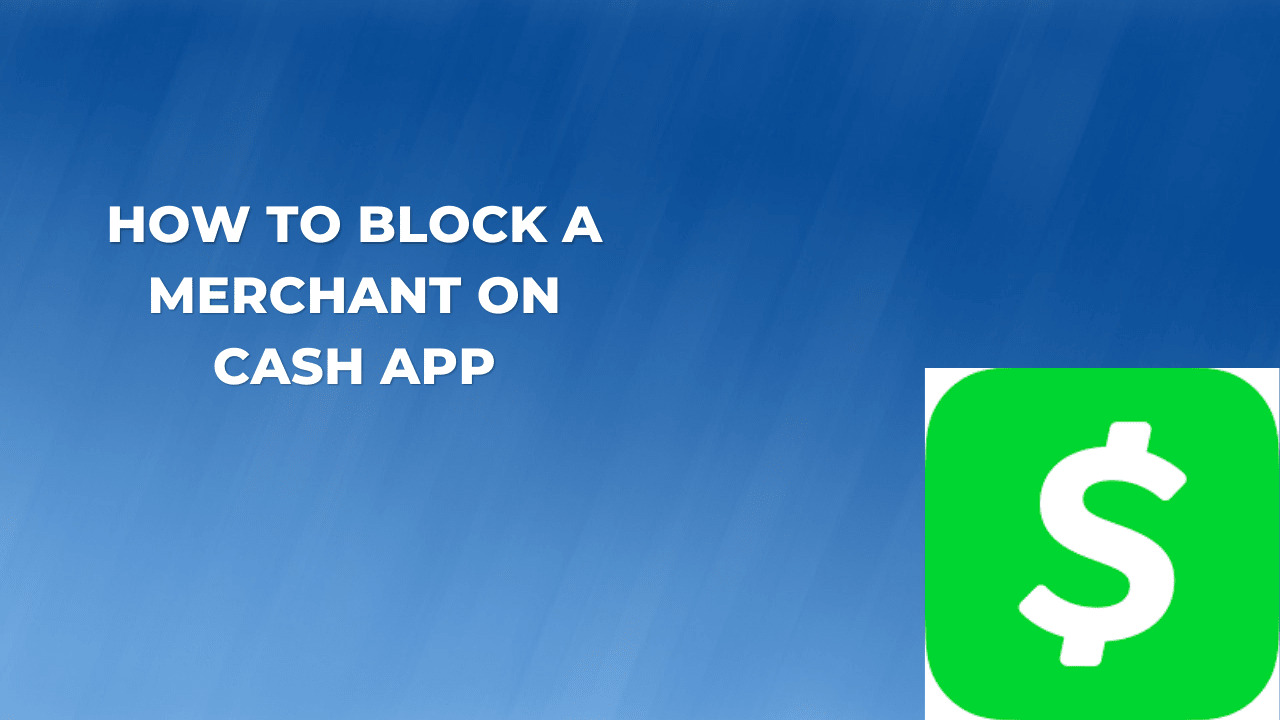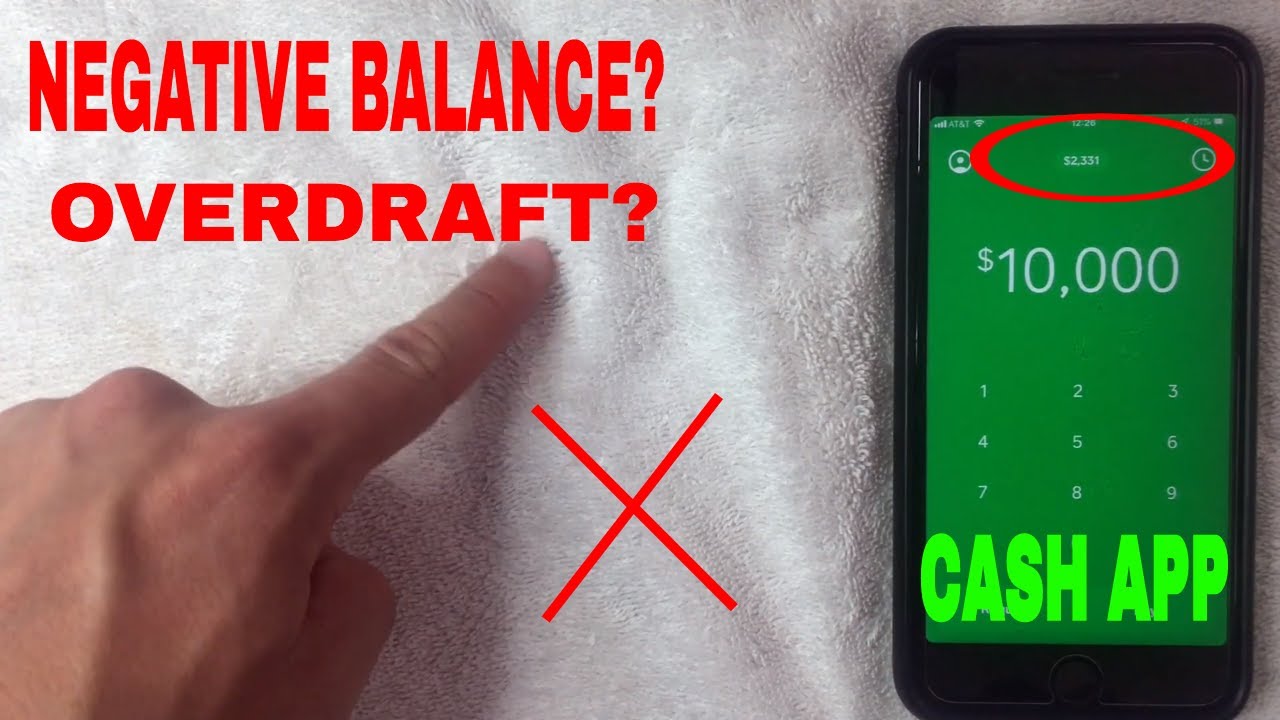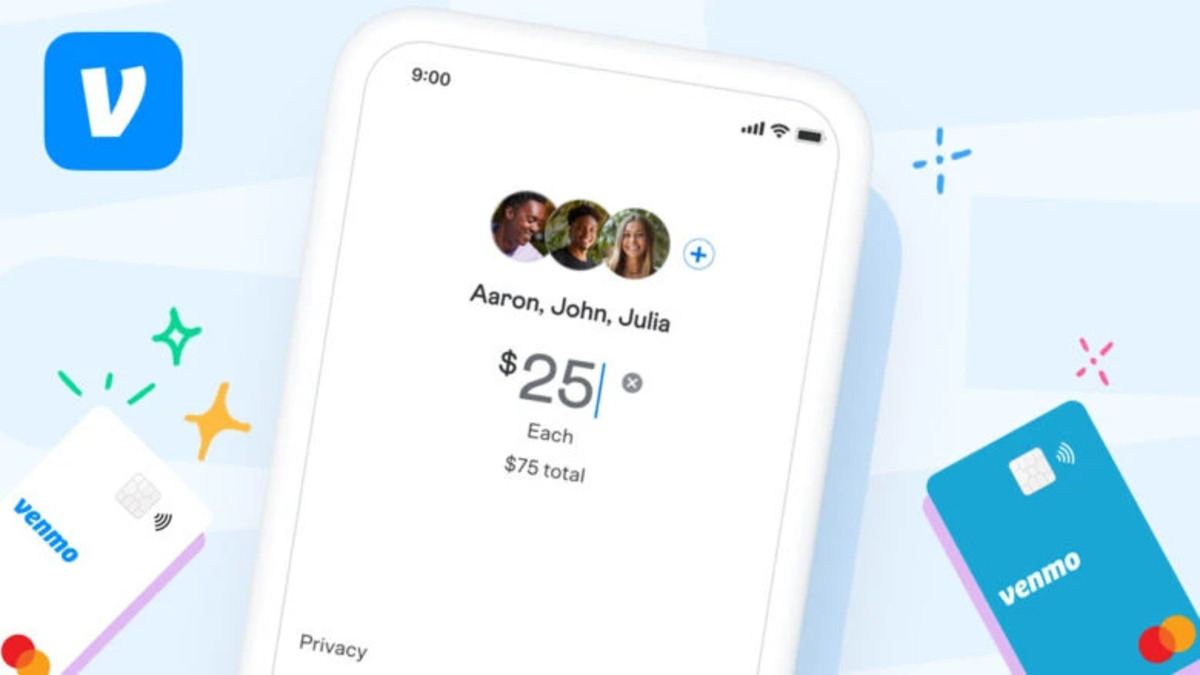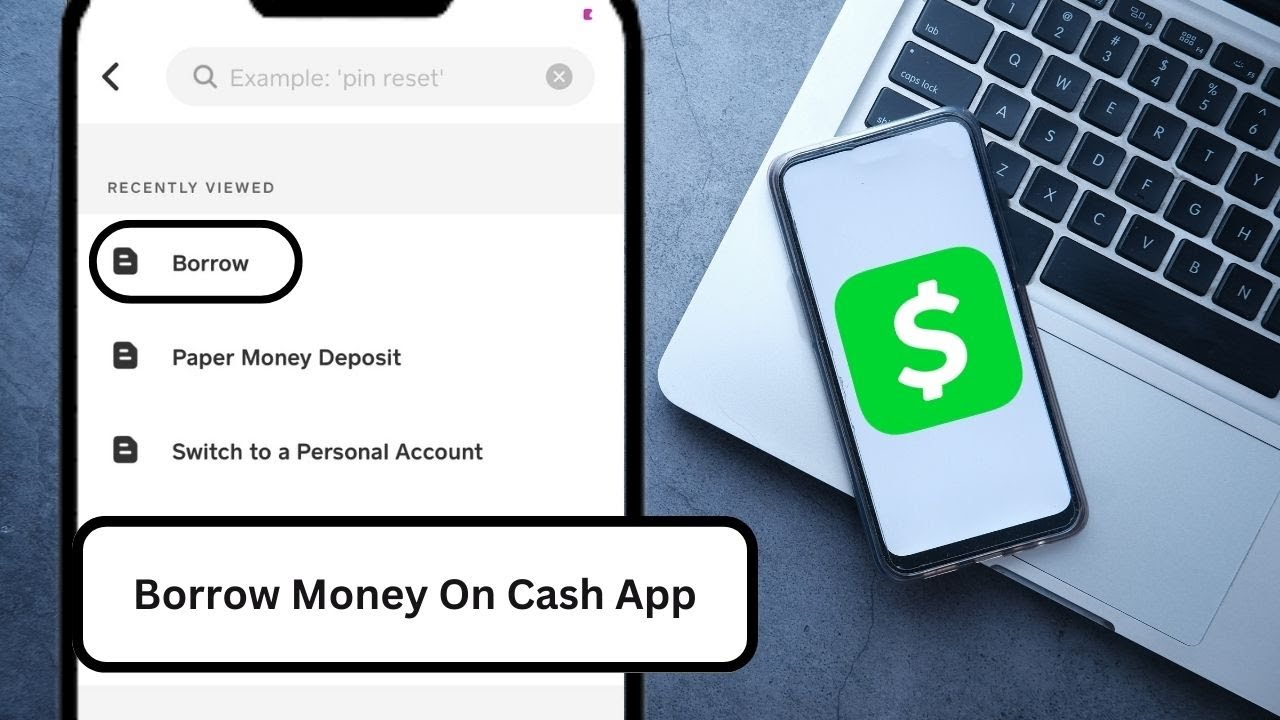Introduction
Welcome to the world of digital payments, where convenience and speed are at the forefront of financial transactions. Cash App has become one of the most popular mobile payment platforms, allowing users to send and receive money effortlessly. However, you may occasionally find yourself in a situation where your Cash App balance shows a negative amount.
Having a negative Cash App balance can be frustrating and confusing, especially if you’re not sure how it happened or how to resolve it. In this article, we will explore the possible reasons behind a negative Cash App balance and provide you with guidance on resolving and preventing such issues.
Before we dive into the specifics, it’s important to understand what a negative Cash App balance means. Essentially, it indicates that you owe money to Cash App, and your balance has gone below zero. Unlike traditional banking systems, where you can only spend what you have available in your account, Cash App allows you to make transactions even if you have insufficient funds in your balance. This can result in a negative balance if the money you spent exceeds what was available in your account at the time of the transaction.
Now that we have a basic understanding of a negative Cash App balance, let’s explore some of the common reasons why it might occur.
Understanding Negative Cash App Balance
A negative Cash App balance can occur for various reasons, ranging from technical glitches to user error. It’s essential to understand these factors to effectively resolve the issue and prevent it from happening in the future.
One of the primary reasons for a negative Cash App balance is when you make a transaction that exceeds the amount available in your Cash App account. Unlike traditional banks, Cash App allows users to spend more than their available balance, resulting in a negative balance.
Another factor to consider is pending transactions. Sometimes, when you initiate a transaction, the amount may be deducted from your Cash App balance immediately, but the transaction itself may take some time to be completed. During this period, your balance may show as negative, even though the transaction will eventually be processed and settled.
Failed transactions can also lead to a negative Cash App balance. If a transaction fails for any reason, such as an error in the recipient’s information or insufficient funds in your linked bank account, the deducted amount may result in a negative balance on your Cash App account.
Cash App fees and charges can contribute to a negative balance as well. Certain transactions, such as instant deposits or sending money internationally, may incur fees that are deducted from your Cash App balance. If you don’t have enough funds to cover these fees, your balance can go negative.
Lastly, receiving unauthorized payments can also lead to a negative Cash App balance. If a transaction is disputed or reversed due to fraudulent activity, Cash App may deduct the amount from your account, resulting in a negative balance until the issue is resolved.
Understanding these reasons behind a negative Cash App balance is crucial in efficiently resolving the issue. In the next sections, we will delve into solutions for reversing a negative balance and preventing it from happening in the future.
Common Reasons for a Negative Cash App Balance
There are several common factors that can contribute to a negative Cash App balance. Understanding these reasons will help you identify the cause and take appropriate action to rectify the situation. Let’s explore some of these common causes:
1. Insufficient Funds in Your Linked Bank Account: If you have linked a bank account to your Cash App, it is important to ensure that there are sufficient funds available in the account. If a transaction exceeds the balance in your linked bank account, it can result in a negative Cash App balance.
2. Pending Transactions: When you initiate a transaction, it may take some time for it to be completed and settled. During this time, your Cash App balance may show as negative. However, once the transaction is processed, the balance will be adjusted accordingly.
3. Failed Transactions: If a transaction fails due to various reasons, such as an error in the recipient’s information or insufficient funds, the deducted amount may contribute to a negative Cash App balance.
4. Cash App Fees and Charges: Certain transactions on Cash App may incur fees, such as instant deposits or international transfers. If you do not have sufficient funds to cover these fees, your balance may go negative to compensate for the deduction.
5. Receiving Unauthorized Payments: In some cases, fraudulent activity may result in unauthorized payments being deposited into your Cash App account. If these payments are disputed or reversed, Cash App may deduct the amount from your balance, leading to a negative balance until the issue is resolved.
It’s important to note that a negative Cash App balance is not permanent and can be rectified with the right approach. In the next sections, we will discuss how to resolve a negative balance and also explore measures to prevent it from occurring in the future.
Insufficient Funds in Your Linked Bank Account
One of the most common reasons for a negative Cash App balance is having insufficient funds in your linked bank account. When you make a transaction on Cash App, the app automatically deducts the amount from your linked bank account. If there are not enough funds in the account to cover the transaction, it will result in a negative Cash App balance.
To avoid this situation, it is crucial to regularly monitor the balance of your linked bank account. Ensure that you have enough funds available to cover any transactions you plan to make on Cash App. If you anticipate a transaction that exceeds your current balance, you may need to transfer additional funds to your bank account beforehand to avoid a negative balance on Cash App.
If you find yourself in a situation where your Cash App balance has gone negative due to insufficient funds in your linked bank account, there are a few steps you can take to resolve the issue:
- Add Funds to Your Bank Account: Transfer funds from another bank account or deposit cash into your linked bank account to cover the negative balance. Once you have sufficient funds in your bank account, the negative balance on Cash App should be automatically adjusted.
- Link a Different Bank Account: If you consistently face insufficient funds in your current linked bank account, you may consider linking a different bank account with adequate funds to your Cash App. Make sure to update your account information in the Cash App settings to ensure smooth transactions in the future.
- Contact Cash App Support: If you have taken the necessary steps to address the insufficient funds issue, but your Cash App balance remains negative, it is recommended to reach out to Cash App support. They can provide further assistance and help resolve the situation.
Preventing a negative Cash App balance due to insufficient funds in your linked bank account largely depends on responsible financial management. Keep track of your bank account balances, maintain adequate funds, and plan your transactions accordingly to avoid any potential negative balances on Cash App.
Pending Transactions
Another common reason for a negative Cash App balance is pending transactions. When you initiate a transaction on Cash App, the amount may be immediately deducted from your balance, even if the transaction itself has not been fully processed or settled. During this period, your Cash App balance may show as negative.
It’s important to note that pending transactions are temporary and typically get resolved within a few business days. During this time, the funds are being processed and transferred to the intended recipient. Once the transaction is completed, the negative balance on your Cash App account will be adjusted accordingly.
If you have a negative Cash App balance due to pending transactions, here are a few actions you can take:
- Wait for the Transaction to Settle: In most cases, pending transactions will automatically be resolved once the transaction is completed. It may take a few business days for the funds to be fully processed and settled. Be patient and monitor your Cash App balance for any updates.
- Review Transaction Details: Double-check the transaction details, such as the recipient’s information and the amount, to ensure that there are no discrepancies or errors. If you notice any issues, it’s advisable to contact Cash App support for assistance.
- Contact Cash App Support: If the pending transaction is taking longer than expected to settle or if there are any concerns or questions about the transaction, it’s recommended to reach out to the Cash App support team. They can provide you with personalized assistance and help resolve any pending transaction-related issues.
While pending transactions can temporarily result in a negative Cash App balance, it’s essential to remember that it is a normal part of the transaction process. As long as you have initiated the transaction accurately, the funds should be transferred to the recipient once the transaction settles, and your Cash App balance will be adjusted accordingly.
Keeping track of your pending transactions and regularly checking your Cash App balance will ensure that you have an accurate understanding of your financial situation. If you have any concerns or questions about specific pending transactions, don’t hesitate to reach out to Cash App support for clarification and assistance.
Failed Transactions
Failed transactions can also contribute to a negative Cash App balance. These failed transactions occur when there is an issue during the processing or completion of a transaction. Some common reasons for a transaction to fail include errors in the recipient’s information, insufficient funds in your Cash App account, or technical glitches within the app.
If a transaction fails, the amount that was deducted from your Cash App balance may contribute to a negative balance. It’s important to address failed transactions promptly and take appropriate steps to resolve the issue:
- Check Recipient’s Information: Double-check the recipient’s Cash App username, phone number, or email address to ensure that they are entered correctly. Errors in the recipient’s information can cause transactions to fail. If there is an issue, contact the recipient and confirm the correct details before attempting the transaction again.
- Verify Sufficient Funds: Ensure that you have sufficient funds in your Cash App account to cover the transaction you are attempting. If your balance is low or negative, it may cause transactions to fail. You can add funds to your Cash App account from your linked bank account or other funding sources to avoid failed transactions.
- Retry the Transaction: If you believe the failed transaction was due to a temporary issue, such as a technical glitch or connectivity problem, you can try initiating the transaction again. Make sure to review the transaction details before proceeding to prevent any errors.
- Reach out to Cash App Support: If you have addressed the above steps and the transaction continues to fail or if you are unsure of the cause, it is advisable to contact Cash App support for assistance. They can provide guidance on resolving the failed transaction and help with any specific issues you may be facing.
Understanding the reasons behind failed transactions and taking prompt action to rectify the situation is crucial in preventing a negative Cash App balance. By verifying recipient information, ensuring sufficient funds, and reaching out to support when necessary, you can minimize the occurrence of failed transactions and maintain a positive balance in your Cash App account.
Cash App Fees and Charges
Cash App offers a range of convenient financial services, but it’s important to be aware of the fees and charges associated with certain transactions. These fees can contribute to a negative Cash App balance, especially if you do not have enough funds to cover them.
Here are some common Cash App fees and charges to be mindful of:
- Instant Deposits: Cash App provides users with the option to deposit funds instantly into their account, rather than waiting for the standard bank transfer process. However, instant deposits incur a fee of 1.5% of the deposit amount. If you don’t have sufficient funds in your Cash App balance to cover this fee, it can result in a negative balance.
- International Transaction Fees: Sending money internationally using Cash App may also come with additional fees. These fees can vary depending on the country and the amount being sent. It’s important to review and understand the fee structure before initiating international transactions to avoid any surprises and potential negative balances.
- ATM Withdrawal Fees: If you use your Cash App debit card to make withdrawals from ATMs, there may be fees associated with these transactions. Cash App provides a list of eligible ATMs where withdrawals can be made without incurring additional fees. Using non-eligible ATMs may result in fees that can contribute to a negative Cash App balance.
To prevent a negative Cash App balance due to fees and charges, consider the following steps:
- Maintain Adequate Funds: Ensure that you have enough funds in your Cash App account to cover any potential fees or charges associated with your transactions. This will help avoid overdrawn balances and potential negative balances.
- Review Fee Structures: Familiarize yourself with the fee structure for different transactions on Cash App. Carefully review the fees associated with instant deposits, international transactions, and ATM withdrawals. This information can be found in the Cash App settings or on their website.
- Monitor Your Transaction History: Regularly review your transaction history to identify any fees or charges that may have contributed to a negative balance. Being proactive in reviewing your transactions will enable you to address any issues or discrepancies promptly.
- Consider Lower-Cost Alternatives: Evaluate your transaction needs and explore alternative payment methods that may have lower fees or no fees at all for certain types of transactions. This can help minimize the impact of fees on your Cash App balance.
By staying informed about Cash App fees and charges, managing your funds effectively, and exploring alternative options where feasible, you can reduce the chances of encountering a negative Cash App balance due to fees and charges.
Receiving Unauthorized Payments
While Cash App provides a secure platform for digital transactions, there may be instances where you receive unauthorized payments, which can contribute to a negative balance. Unauthorized payments can occur due to fraudulent activity or disputes over transactions. It’s essential to understand how to handle such situations and take appropriate steps to resolve them.
If you notice unauthorized payments in your Cash App account, here’s what you can do:
- Review Transaction Details: Take a closer look at the transaction details to identify any unfamiliar or suspicious activity. Check the sender’s information, transaction amounts, and any accompanying messages or notes. This will help you determine whether the payment was indeed unauthorized.
- Contact Cash App Support: If you believe that you have received an unauthorized payment, it is important to reach out to Cash App support immediately. They have a dedicated team to handle fraud-related issues and can guide you through the process of resolving the situation.
- Provide Evidence: When communicating with Cash App support, provide any evidence you have indicating that the payment was unauthorized. This could include screenshots, transaction details, or any other relevant information that supports your claim.
- Follow Dispute Resolution Procedures: Cash App has specific procedures in place to handle disputes and unauthorized transactions. Cooperate with their instructions and provide any additional information they may request to help resolve the issue.
- Secure Your Account: As an extra precaution, review your account security settings and ensure that your Cash App account is adequately protected. Enable two-factor authentication and regularly update your password to prevent unauthorized access.
It’s important to note that resolving disputes and unauthorized payments can take time, and your Cash App balance may remain negative until the issue is resolved. Stay in communication with Cash App support, follow their instructions, and provide any necessary information promptly to expedite the resolution process.
Preventing unauthorized payments largely depends on maintaining the security of your Cash App account. Be cautious when sharing your account information, regularly monitor your transactions, and report any suspicious activity to Cash App immediately.
By taking these proactive steps and working closely with Cash App support, you can resolve unauthorized payment issues and prevent them from negatively impacting your Cash App balance in the future.
Resolving a Negative Cash App Balance
If you find yourself with a negative Cash App balance, it’s important to take immediate action to resolve the situation. Here are steps you can follow to address and rectify a negative Cash App balance:
- Add Funds to Your Cash App Account: Transfer funds from your linked bank account or other funding sources to your Cash App account. This will help cover the negative balance and bring it back to zero.
- Review Transaction History: Take a close look at your transaction history to identify any unauthorized or disputed payments that may have contributed to the negative balance. Report any fraudulent activity or disputes to Cash App support to seek resolution.
- Contact Cash App Support: If adding funds to your Cash App account does not resolve the negative balance, reach out to Cash App support for further assistance. They have a dedicated support team to help with account-related issues, including resolving negative balances.
- Cooperate with Cash App Support: Follow any instructions provided by Cash App support and provide any necessary documentation or evidence they may require to resolve the negative balance. Be patient and responsive during the process.
- Regularly Monitor Your Account: After taking steps to resolve the negative balance, continue monitoring your Cash App account regularly to ensure that the issue has been fully resolved. Keep an eye on your transaction history and balance to detect any potential discrepancies or new negative balances.
Resolving a negative Cash App balance may take some time, depending on the specifics of the situation. Cooperating with Cash App support and providing accurate and timely information will help expedite the resolution process.
It’s worth noting that a negative Cash App balance may also impact your ability to make new transactions or access certain features of the app. Hence, it’s crucial to address the negative balance promptly to restore the full functionality of your Cash App account.
Remember to take preventive measures to avoid future negative balances, such as keeping your linked bank account funded, monitoring your transactions regularly, and promptly reporting any unauthorized activity to Cash App support.
By acting swiftly and following the necessary steps, you can successfully resolve a negative Cash App balance and ensure a more secure and hassle-free experience with the platform.
Contacting Cash App Support
If you are experiencing a negative Cash App balance and the steps you have taken to resolve it have been unsuccessful, contacting Cash App support is crucial. The support team is available to assist you in resolving account-related issues and providing guidance on your specific situation.
Here are the steps you can follow to contact Cash App support:
- Open the Cash App: Launch the Cash App on your mobile device. You can find the app icon on your home screen or app drawer.
- Tap on the Menu: Look for the icon that resembles three horizontal lines or dots. This is usually located in the upper-left or lower-right corner of the app.
- Select “Support” or “Help Center”: Navigate through the menu options and locate the “Support” or “Help Center” section. This is where you can find information and contact options for Cash App support.
- Choose a Contact Method: Cash App offers various contact methods, including live chat, email, or phone. Select the option that suits your preference and needs.
- Provide Details and Explain the Issue: When contacting Cash App support, clearly describe the issue you are facing, including details about your negative Cash App balance and any relevant transactions. Be as specific as possible to help the support team understand the situation.
- Attach Supporting Documentation: If necessary, attach any supporting documentation, such as screenshots or transaction details, to aid in resolving the issue.
- Be Patient and Responsive: After reaching out to Cash App support, it may take some time to receive a response. Be patient and responsive to any requests or inquiries they may have as they work to resolve your negative balance issue.
Remember to keep a record of your interactions with Cash App support, including any case numbers or reference information provided. This will help track the progress of your inquiry and serve as a reference in case of any further follow-ups.
If you are having difficulty contacting Cash App support directly through the app, you can also try reaching out to them through their official website or social media channels for additional assistance.
By contacting Cash App support and providing them with the necessary information, you increase the chances of resolving your negative Cash App balance effectively and in a timely manner.
Preventing a Negative Cash App Balance
Preventing a negative Cash App balance is crucial for maintaining financial stability and avoiding unnecessary fees or disruptions to your financial transactions. By following these preventive measures, you can minimize the chances of encountering a negative balance:
- Maintain Sufficient Funds: Regularly monitor your Cash App balance and ensure that you have enough funds to cover your transactions. If necessary, transfer funds from your linked bank account or other funding sources to avoid overdrawing your Cash App balance.
- Review Transaction Details: Before completing any transaction, double-check the recipient’s information, transaction amount, and other details to ensure accuracy. Any errors or discrepancies could result in failed transactions or unnecessary fees.
- Monitor Your Transaction History: Keep an eye on your Cash App transaction history to identify any unauthorized or fraudulent activity promptly. Report any suspicious transactions to Cash App support for immediate resolution.
- Be Aware of Cash App Fees: Familiarize yourself with the fees and charges associated with different Cash App transactions. Take note of the fees for instant deposits, international transactions, ATM withdrawals, and other applicable charges. This will help you make informed decisions to avoid unexpected negative balances.
- Secure Your Account: Protect your Cash App account by enabling two-factor authentication and using a strong, unique password. Avoid sharing your account information with anyone and be cautious of phishing attempts or suspicious messages.
- Contact Cash App Support for Questions: If you have any doubts or questions regarding your Cash App account or specific transactions, don’t hesitate to reach out to Cash App support for clarification. They can provide guidance and assistance to ensure smooth and secure transactions.
By following these preventive measures, you can maintain a positive Cash App balance and minimize the risk of encountering a negative balance. Additionally, staying informed about the terms and policies of Cash App will help you make sound financial decisions.
Remember, prevention is key to a hassle-free Cash App experience. Regularly monitoring your account, practicing safe online habits, and promptly reporting any issues to Cash App support will contribute to a more secure and positive financial journey.
Conclusion
Having a negative Cash App balance can be a frustrating experience, but by understanding the common reasons behind it and taking proactive measures, you can effectively resolve and prevent this issue. Insufficient funds in your linked bank account, pending transactions, failed transactions, Cash App fees and charges, and receiving unauthorized payments are some of the main factors that can contribute to a negative balance.
To resolve a negative Cash App balance, adding funds to your Cash App account, reviewing transaction history, and contacting Cash App support are essential steps. It’s important to cooperate with Cash App support, provide necessary documentation, and be patient throughout the resolution process.
Preventing a negative Cash App balance involves maintaining sufficient funds, monitoring transactions, being aware of Cash App fees, securing your account, and promptly contacting Cash App support for any questions or concerns. By following these preventive measures, you can minimize the chances of encountering a negative balance and ensure a more secure and seamless experience on the platform.
Remember, financial management and responsible usage are key to maintaining a positive Cash App balance. Regularly review your transaction history, keep your linked bank account funded, and report any unauthorized activity to Cash App support to maintain a healthy financial status within the app.
With these insights and actions, you can navigate the world of Cash App confidently, ensuring that your transactions are smooth, secure, and free from negative balances.









